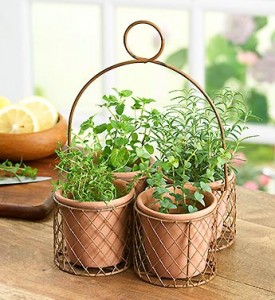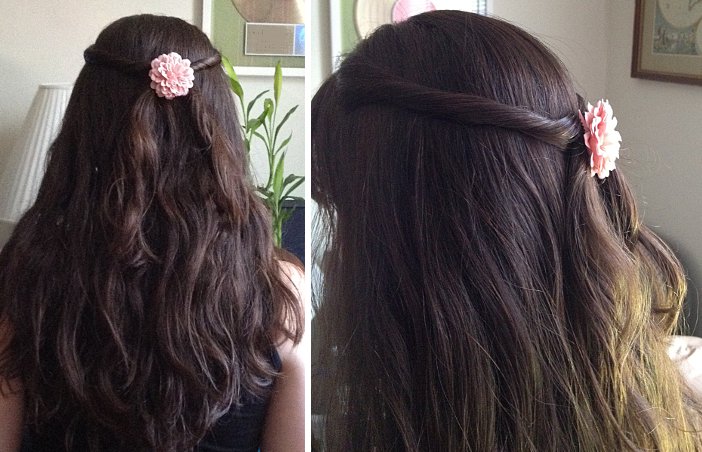People have been wearing flowers in their hair since… well, perhaps since Eve spotted the first fig blossom and tucked it behind her ear. It’s probably the oldest form of adornment in the world, and it’s a custom that’s found around the world too. Asia, Polynesia, Europe, India—all over the world and for many centuries women, and for special occasions men too, have worn flowers in their hair.
You’ve seen the photograph from the recent hit movie The Hunger Games of Elizabeth Banks as Effie Trinket, the District 12 escort, sporting a huge fuchsia silk flower in her pink wig. Effie’s character is a woman who values the niceties of life and is following in a long tradition of wearing a flower in your hair.
Tang Dynasty ladies are pictured in ancient Chinese scrolls with peonies in their bouffant hair-dos. Nineteenth-century Tahitian women, as we know from Gaugin’s paintings, favored a tropical bloom behind an ear. Hawaiians opt for plumeria or frangipani. Indian women weave falls of fragrant jasmine into their braids.
But these lush living flowers are a far cry from Effie Trinket’s big fake flower. As it happens, fake flowers, in one form or another, have been around for centuries too—since biblical times, in fact. The Queen of Sheba challenged Solomon to find the real lily amid the false, and his solution to the riddle underlines one problem with using real flowers in your hair. As King Solomon so wisely observed, real flowers can attract bees.
In Japan, geishas and other women who wear traditional dress on a regular basis fix hana kanzashi in their hair. These flowers are made from tiny squares of silk, folded again and again, like origami, and then cut into petals that are attached to a backing and turned into bouquets. The month dictates what kind of kanzashi a geisha wears: cherry blossoms in April, wisteria in May, chrysanthemums in October—while the flowers are silk, they are also seasonal.
In Europe, though village May queens might have worn wreaths of wild roses and daisies, well-to-do women didn’t really begin to wear flowers until the 18th century, when they joined the array of adornments favored by the French court. Early in the century, when hairstyles were smaller and closer to the head, a couple of rosebuds, real or artificial, might be arranged with a cluster of tidy curls. But as the century progressed and hair got bigger—up to two feet tall, and held in place with pomade and powder—more decorations were required. A couple of roses became a garland, and a string of pearls became a full-rigged miniature ship. When real flowers were used, vials of water were tucked into the massive construction to keep the blooms alive, but Europe had talented craftspeople creating artificial blooms also.
In the nineteenth century, the elaborate hair styles and headdresses gave way to natural hair, parted in the middle and decorated with floral falls—generally made of artificial flowers and ribbons attached to a band, so the effect was demure and ladylike. Queen Victoria opted for a wreath of flowers for her wedding, rather than, say, the crown jewels or a tiara—and brides have been wearing wreaths ever since, as have their flower girls.
For a while flowers migrated from hair to hats, but jazz singer Billie Holiday helped bring the fashion back. She became famous for the white gardenias she wore over her left ear, a style born of necessity one night when she badly singed her hair with a curling iron. She was as likely to sport a cluster of artificial flowers as she was real gardenias.

